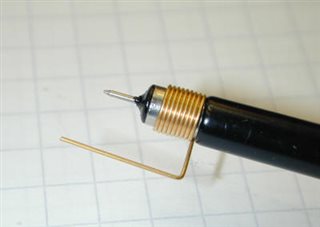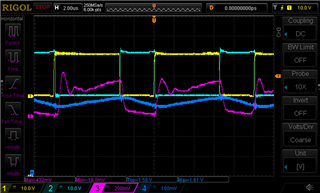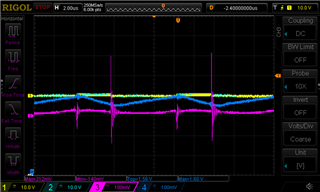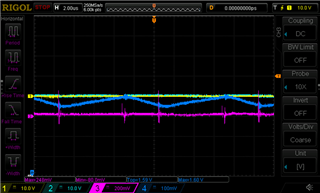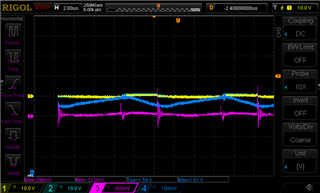Other Parts Discussed in Thread: INA240
Dear experts,
could you please help me find out what could be the root cause for significant output voltage overshoot as seen on oscillograms below? Target application is INA293B3 (100x gain), low side sensing, 0.5mOhm shunt, 60A.
Yellow: INA output (500mV/A); blue is external current sensor (25mV/A; 1.5MHz). Step change of load from 0A to 0.5A, low side sensing, resistive load, shunt 5mOhm.

Yellow: INA output; dark blue is external current sensor (25mV/A), light blue is DBbus voltage. Step change of loadfrom 0.5A to 5.2A, high side sensing, resistive load, shunt 5mOhm.
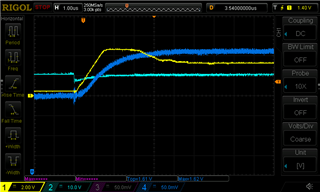
Schematic is below. 50R on negative input is to provide 100mV offset. Visible on first oscillogram.
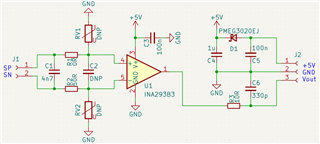
I have tried to remove input filter, replace INA, place 10KOhm resistive load to output, remove C6 capacitor or place 4n7. Nothing helped. and I have run out of ideas.
Thanks for support
Stanislav


